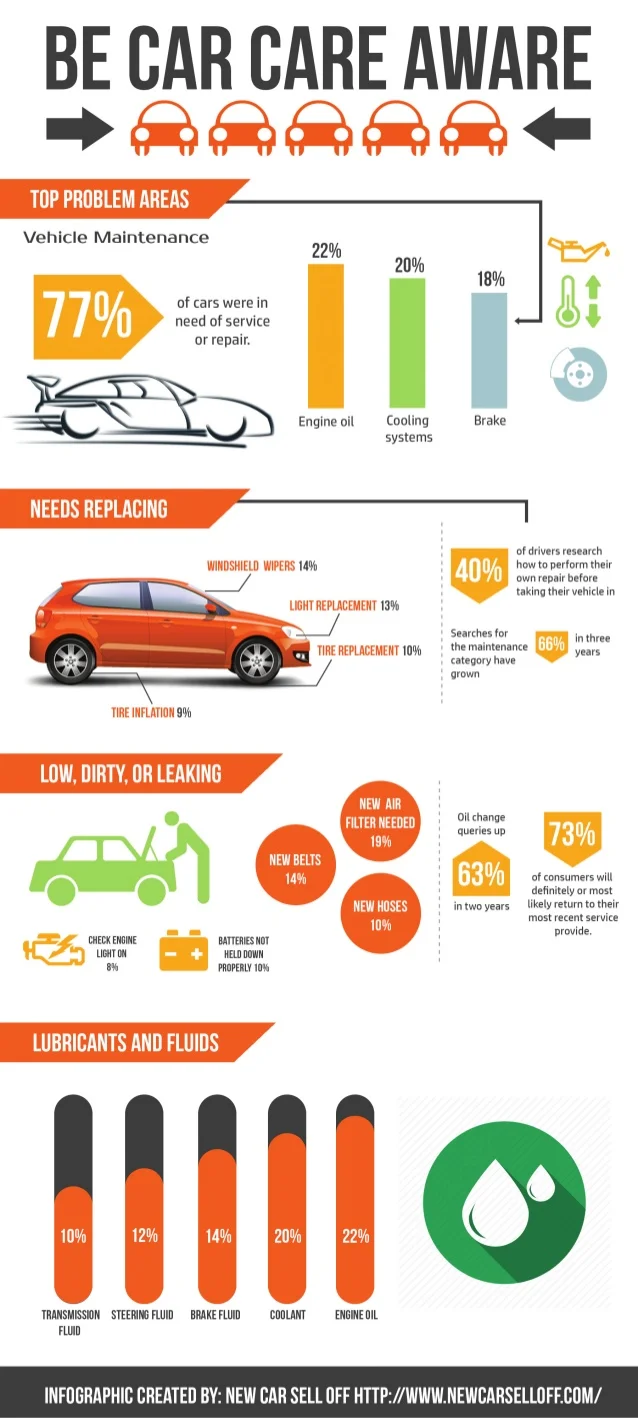Discover The Definitions Behind The Control Panel Warning Lights In Your Car To Guard The Health And Wellness Of Your Automobile
Discover The Definitions Behind The Control Panel Warning Lights In Your Car To Guard The Health And Wellness Of Your Automobile
Blog Article
Content Created By-Justesen Ferguson
When you lag the wheel, those radiant warning lights on your dashboard can be a bit puzzling. Do you understand what they're attempting to inform you regarding your auto's health and wellness? Understanding the relevance of these lights is important for your safety and the long life of your lorry. So, the next time among those lights turns up, would not you want to decode its message accurately and take the required steps to address it?
Common Warning Lighting and Interpretations
Identify common caution lights in your car and understand their meanings to ensure safe driving.
One of the most common warning lights consist of the check engine light, which indicates problems with the engine or discharges system. If this light begins, it's critical to have your car inspected quickly.
The oil stress advising light indicates low oil pressure, needing prompt focus to avoid engine damage.
A flashing battery light might recommend a faulty charging system, possibly leaving you stranded if not attended to.
The tire stress monitoring system (TPMS) light informs you to reduced tire pressure, affecting lorry security and fuel performance. Overlooking this could cause dangerous driving problems.
The abdominal light shows a problem with the anti-lock braking system, jeopardizing your capability to stop promptly in emergencies.
Last but not least, the coolant temperature level cautioning light warns of engine getting too hot, which can result in serious damages otherwise fixed promptly.
Comprehending these common warning lights will certainly aid you deal with concerns without delay and keep safe driving problems.
Significance of Prompt Interest
Comprehending the typical caution lights in your car is just the primary step; the relevance of immediately dealing with these warnings can't be highlighted sufficient to ensure your safety when driving.
When a caution light brightens on your dashboard, it's your vehicle's way of connecting a potential concern that requires focus. Disregarding how much to repair ac in car can lead to much more extreme issues later on, jeopardizing your safety and security and possibly costing you a lot more in repairs.
Motivate interest to alerting lights can avoid break downs and crashes. For https://www.heraldmailmedia.com/story/news/2022/01/14/s-s-auto-repair-virginia-avenue-halfway-scene-fire-washington-county/6530072001/ , a blinking check engine light might indicate a misfire that, if left unattended, might create damages to the catalytic converter. Addressing this without delay can conserve you from an expensive fixing.
In a similar way, a brake system warning light could signify reduced brake liquid or used brake pads, vital elements for your security when driving.
DIY Troubleshooting Tips
If you notice a warning light on your dashboard, there are a couple of do it yourself troubleshooting suggestions you can attempt before looking for specialist aid.
The initial step is to consult your cars and truck's manual to comprehend what the particular caution light indicates. Sometimes the problem can be as easy as a loosened gas cap triggering the check engine light. Tightening the gas cap might deal with the issue.
One more common issue is a low battery, which can activate numerous alerting lights. Inspecting the battery links for corrosion and ensuring they're safe could deal with the issue.
If a caution light continues, you can try resetting it by detaching the auto's battery for a few mins and afterwards reconnecting it. Additionally, examining your vehicle's liquid levels, such as oil, coolant, and brake liquid, can help troubleshoot warning lights associated with these systems.
Final thought
To conclude, comprehending your car's caution lights is essential for keeping your car running efficiently and safely. By promptly addressing these informs and knowing what they imply, you can stay clear of costly repairs and possible break downs.
Keep in mind to consult your car's guidebook for certain details on each alerting light and do something about it appropriately to ensure a trouble-free driving experience.
Stay notified, stay safe when driving!
